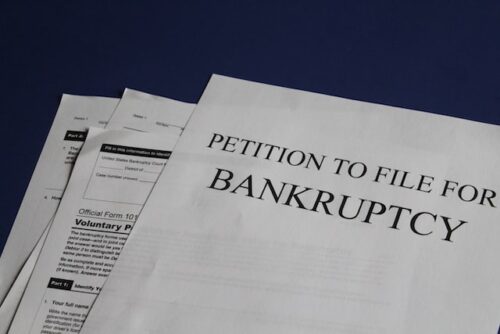
For many, filing for bankruptcy can be incredibly overwhelming. Not only is this process often frowned upon, but it can drastically impact your credit score and ability to secure loans. However, for many, this is a necessary process, as it can help provide a financial fresh start. As such, understanding the different facets of this process is critical. The following blog examines how secured debts are handled. Additionally, you’ll discover the importance of working with an Orange County consumer bankruptcy lawyer for assistance during these difficult matters.
What Are Secured Debts?
When you take out a loan, it may be backed by tangible property, like a car or house. When you take out these kinds of loans, a lien is automatically placed on the property to help add an additional layer of security. In the event the lender fails to make payments and defaults, the creditor can seize the property through the lien. Because there is collateral, any kind of loan that is attached to the property is considered a secure debt.
It’s important to understand that during bankruptcy, secured debts are generally prioritized over other debts. Once the secured creditors have been paid off, then the bankruptcy proceeds may go toward unsecured debts. How these debts are handled during the actual bankruptcy process, however, will depend on the Chapter you have decided to file.
What Happens to These Debts During Bankruptcy?
Generally, during Chapter 7, the creditor appointed to your case is responsible for liquidating all non-exempt assets to repay creditors. As mentioned, your secured creditors will receive priority during this process. In some instances, when you owe a debt to a secured creditor, it may be in your best interest to surrender the property to the creditor, such as if your loan payments are too high or you owe more on the debt than the collateral property is worth. You should also note that if the debt is discharged during bankruptcy, the creditor may still be able to repossess the property because of the lien. The debt discharge will only remove your liability for paying back the outstanding debt.
During Chapter 13, the process differs. This is because this is a reorganization plan that reorders your debts into one monthly payment. As such, the courts will allow you to reduce the value of the loan to the market value of the asset. The remaining money will be considered unsecured. For example, if you owe $13,000 on a car worth $9,000, the court will reduce your secured loan to $9,000 while the remaining $4,000 would be treated as an unsecured debt. This can then be forgiven at the end of your case. Chapter 13 allows you the best opportunity to catch up on payments to retain the collateral.
As you can see, you must make several important considerations when filing for bankruptcy, which can be hard to navigate. That is why it is imperative to work with an experienced lawyer with the Law Offices of Michael D. Pinsky, P.C. We understand how confusing these matters can be, which is why we will do everything in our power to help you recieve the best possible outcome during your case. Contact us today to learn more about these matters.
